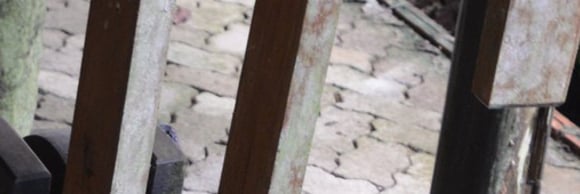
You didn’t come this far to stop
A Tribute to Courage
Episode 34: Restoring the Legacy of the Chungkai Hospital Camp
In this episode, we focus on the Chungkai Hospital Camp, a significant site within the Weary Dunlop Memorial Park that played a crucial role in the treatment and care of POWs during the construction of the Thai-Burma Railway. Our team at St Andrews is committed to creating a display that accurately reflects the history and significance of this hospital camp, honoring the memory of those who suffered and the medical professionals who worked tirelessly to save lives.
IN THEIR FOOTSTEPS BLOGWEARY DUNLOP MEMORIAL PARKINSIGHTS
Toursofwar.com
3/18/20244 min read
Researching the Hospital Camp
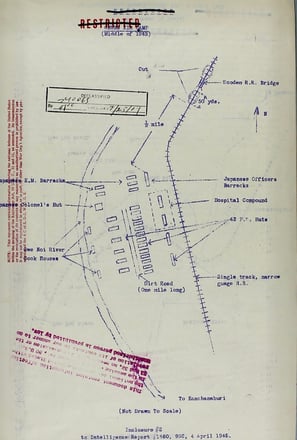

To create an authentic and informative display, we will conduct extensive research to gather as much information as possible about the Chungkai Hospital Camp, which was originally situated on this very site. We will consult historical records, personal accounts, and expert sources to ensure our display is accurate and comprehensive, highlighting the pivotal role this hospital camp played in the survival and care of countless POWs.
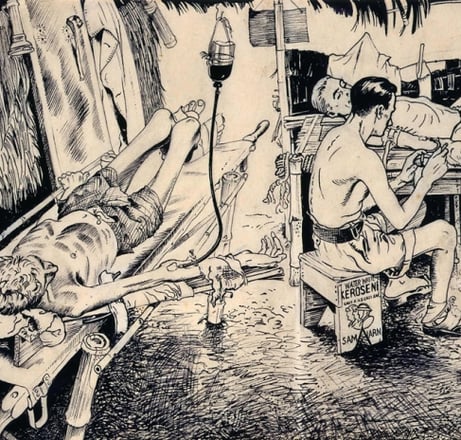

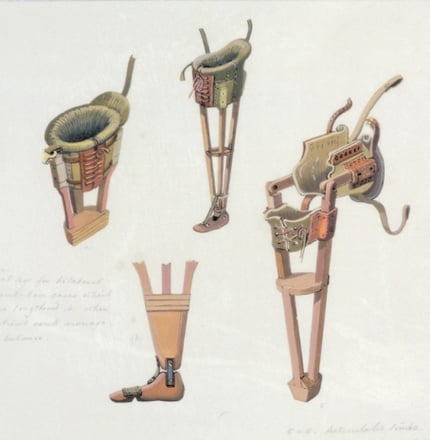

Replicating the Hospital Camp
Our goal is to create a display that transports visitors back in time, allowing them to experience the sights, sounds, and atmosphere of the Chungkai Hospital Camp as it once stood here. We will replicate the hospital camp in meticulous detail, including the tents, beds, and medical equipment used at the time, ensuring visitors can appreciate the conditions under which medical care was provided
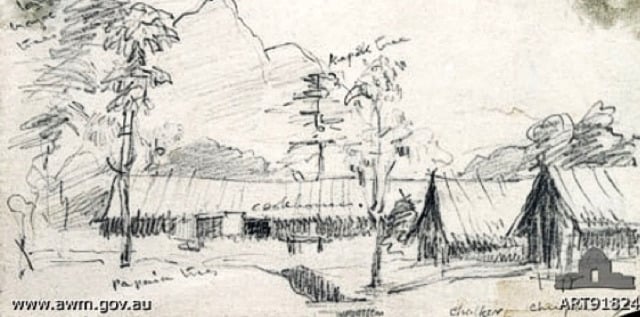

Featuring Sir Edward "Weary" Dunlop
At the center of our display will be a replica of Sir Edward "Weary" Dunlop, the legendary Australian surgeon and POW, who worked tirelessly on this very site. This powerful painting, captured in a historic time, will serve as a poignant reminder of the sacrifices made by medical professionals during the construction of the Thai-Burma Railway.
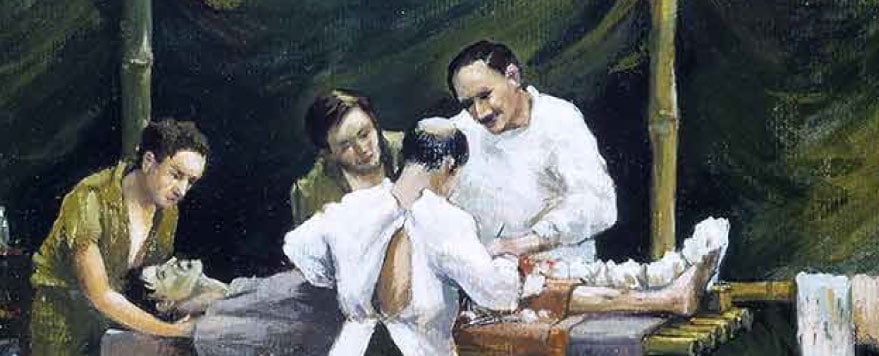

Inspiration from the JEATH and Thai-Burma Railway Centre
Our display will be inspired by the exhibits at the JEATH and Thai-Burma Railway Centre in Kanchanaburi, Thailand. These institutions have set a high standard for accurately portraying the history and significance of the Thai-Burma Railway, and we aim to emulate their attention to detail and commitment to honoring the memory of those who suffered.
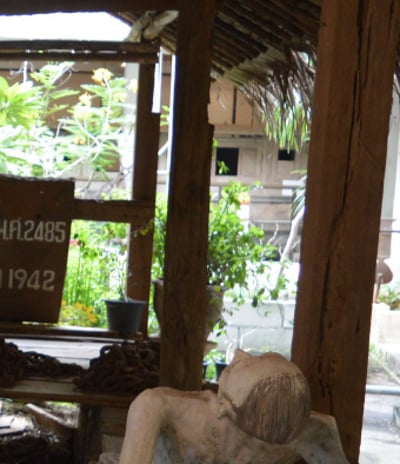

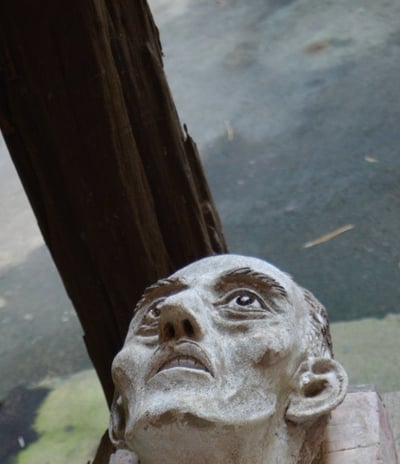

Challenges Faced by Medical Professionals
These challenges highlight the remarkable resilience and dedication of medical professionals like Sir Edward "Weary" Dunlop, who worked tirelessly to provide care and comfort to the POWs despite the extreme conditions.
The main challenges faced by medical professionals at Chungkai Hospital Camp during the construction of the Thai-Burma Railway included:

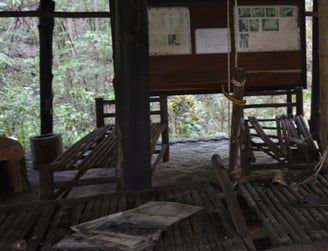
Limited Resources: The hospital camp had limited medical supplies, equipment, and personnel, making it difficult for medical professionals to provide adequate care to the POWs.
Harsh Environment: The camp was located in a remote and harsh environment, with limited access to clean water, sanitation, and food. This made it challenging for medical professionals to maintain proper hygiene and prevent the spread of diseases.
High Patient Load: The hospital camp received a high volume of patients, including those suffering from diseases such as malaria, dysentery, and beriberi. This put a significant strain on the medical staff and resources.
Psychological Impact: The constant exposure to suffering, death, and the harsh environment took a significant toll on the mental health of medical professionals, leading to emotional exhaustion and burnout.
Limited Communication: Communication with the outside world was limited, making it difficult for medical professionals to receive timely updates on medical advancements, new treatments, or supplies.
Physical and Emotional Demands: The work environment was physically and emotionally demanding, with medical professionals facing long hours, limited rest, and the constant threat of disease and death.
Medical Equipment Used at Chungkai Hospital Camp
While specific medical equipment used at Chungkai Hospital Camp during the construction of the Thai-Burma Railway is not explicitly mentioned, it can be inferred that the hospital camp had limited supplies due to the harsh environment and remote location. The medical professionals at the camp likely used basic equipment such as:

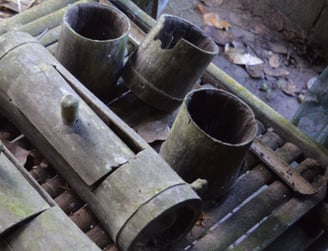
Surgical Instruments: Scalpels, forceps, and other basic surgical instruments were likely used for surgeries and medical procedures.
Medical Records: Records were likely kept to track patient information, diagnoses, and treatments.
Medical Kits: Medical kits containing basic supplies like bandages, antiseptic wipes, and painkillers were likely used to treat patients.
Patient Care Equipment: Equipment such as wheelchairs, stretchers, and hospital beds were likely used to care for patients.
These supplies and equipment were likely used in conjunction with the expertise of the medical professionals at the camp to provide basic medical care to the POWs.
Sourcing Mannequins and Collaborating with Local Artists
We will source and price mannequins, considering a similar approach to the display at the Jeath Museum to portray the POWs realistically. If possible, we will engage local artists to craft these figures, ensuring authenticity and cultural significance. This collaboration could make our display truly remarkable, as no other park has such an extensive setup.

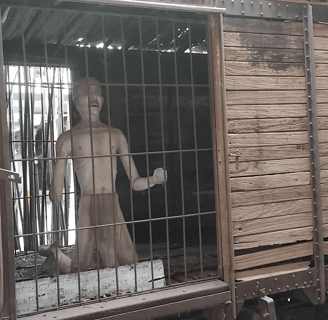
Conclusion
The Chungkai Hospital Camp, located on this very site, was a vital part of the POW experience during the construction of the Thai-Burma Railway.
By creating an immersive and informative display, we hope to educate visitors about the sacrifices made by those who suffered and the medical professionals who worked tirelessly to save lives. Our display will serve as a lasting tribute to the resilience and courage of the POWs and a reminder of the importance of preserving their legacy for future generations.
Join Us
Visit our website to donate and learn more about how you can get involved. Let's restore and enhance the Weary Dunlop Memorial Park, creating a lasting tribute to the resilience and sacrifice of the POWs.
Thank you for your support!
